While admiring artworks digitally isn’t exactly new – especially in the past 12 months – the Mauritshuis in The Hague is the first institution to take that experience a step further: Every square centimetre of the museum has been fully digitised in gigapixel format and integrated within the Second Canvas app, allowing you to zoom in on the detailed brushstrokes of famous works, including Vermeers, Rembrandts and Jan Steens.
We spoke to Sandra Verdel, Project Manager Digital Engagement of the Mauritshuis, about the gigapixel experience.
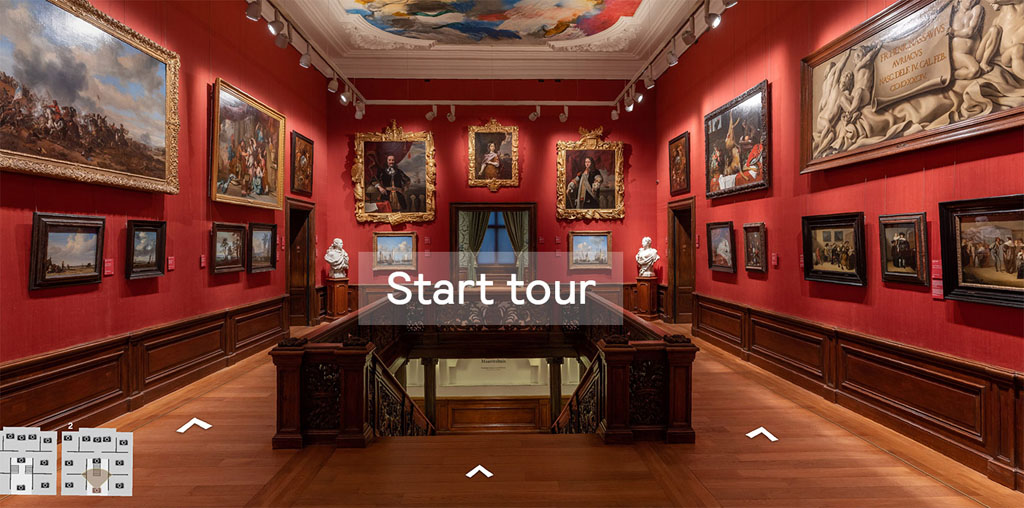
The past year has been tough for museums, but it has also demanded much creativity and adaptiveness. Do you think the current situation will have a lasting effect on how we experience art?
Yes, absolutely. On the one hand, as a museum, we’d had a longstanding wish to share more of our collection digitally. But the past year, we’ve taken major steps to make these wishes come true. In developing our plans, we made sure to produce sustainable content that also remains relevant in the long term.
Even after the corona crisis, we expect a lot of interest in our online content. The museum is beloved all over the world, and not everyone has the opportunity to actually physically visit the museum. Moreover, online content can help us reach new audiences; for example, several school groups have already visited our virtual museum.
Can you explain what the gigapixel format is, and how it differs from the regular pixel format?
The gigapixel format is a gigapixel image of 1,000 megapixels – more than 100 times the size of images that can be captured with a smartphone. During a recording, a 360-degree robotic camera takes countless razor-sharp photos of the space around it. With the help of advanced software, these images are combined into one 360-degree image. Because the image is so incredibly sharp, you can zoom in on the paintings from the centre of the room. All signs are very easy to read. The wall coverings, the picture frames, the ceilings: everything is so sharp that it seems as if you’re really standing in the room.
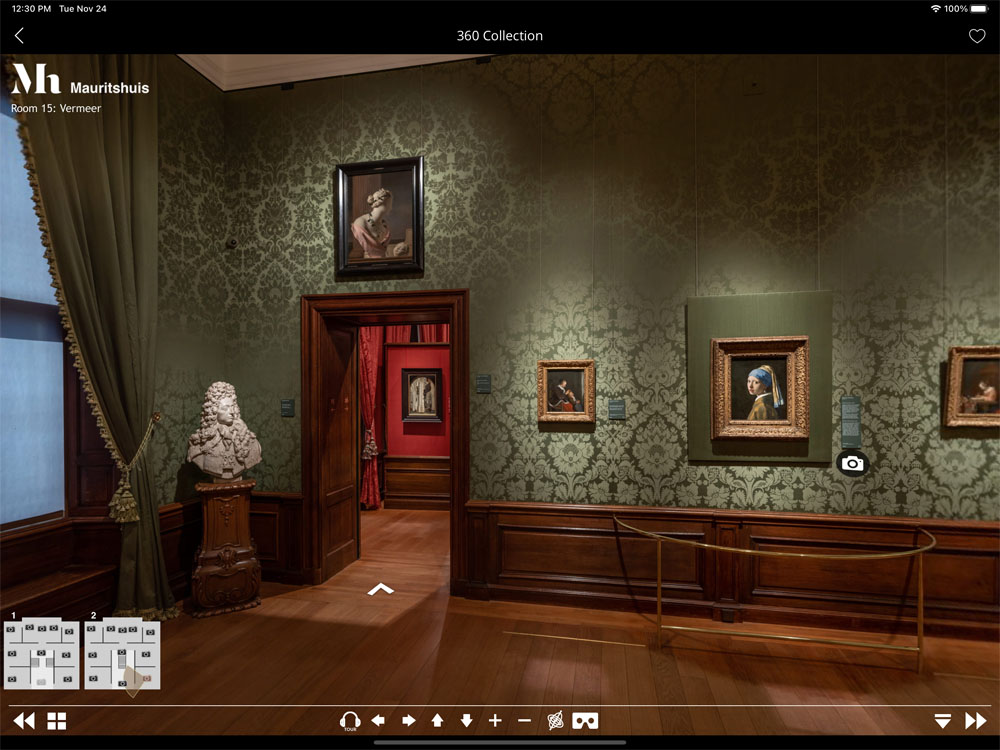
The Mauritshuis had already digitised its artworks within the Second Canvas app, but now it’s possible to virtually wander through the rooms of the museum as well. What does the virtual tour add to the experience of admiring the artworks?
However sharply you can zoom in on the works of art in the Second Canvas app, admiring our paintings digitally is really different from admiring them in real life. For example, you wouldn’t experience the difference between the gigantic dimensions of Paulus Potter’s The Bull and the intimate The Goldfinch by Carel Fabritius if both images appear on your screen in the same size. The gigapixel museum will still not replace a real visit, but it does bring visitors much closer to the real museum experience than was ever digitally possible before.
What were some of the challenges in digitising the museum environment?
In normal times, someone from MadPixel would have flown over to operate the equipment. That was not possible because of COVID-19. Instead, our own multimedia producer had to be remotely trained to operate the robot camera.
Another challenge is the many mirrors in our building. The observant viewer will discover the camera in some places. In a simple photo, a camera is easy to hide with Photoshop, but if you have countless photos taken from many different points of view that are then merged together, this is a different story entirely.
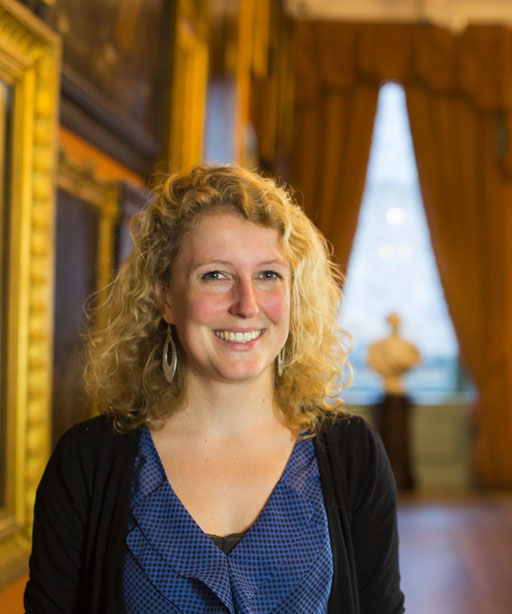
The gigapixel museum will still not replace a real visit, but it does bring visitors much closer to the real museum experience than was ever digitally possible before
On what type of device do you get the best possible digital experience?
The gigapixel museum has been deliberately developed for all possible devices: it can be accessed on the computer via our website, or on a tablet and mobile phone via the Second Canvas Mauritshuis app, available in the Appstore or Google Play. On the tablet and on the computer, of course, the larger screen gives you a nicer, more ample view of the rooms.
Are there certain things that can be discovered virtually which one might not be able to experience in real life?
Several visitors have noticed that they spend much more time in front of a painting in the Gigapixel Museum than they would in real life. This is partly because you are not distracted by visitors, and partly because you are less distracted by the other paintings around you. Moreover, you can zoom in much closer than you can do in the room. Because of this, even I regularly discover new details that I’ve never noticed before.
I think the best example is the painting Apelles Painting Campaspe by Willem van Haecht. Van Haecht painted an art room, full of paintings, sculptures and art objects. The paintings are all existing Flemish, German and Italian works of art, and the sculptures are also existing classics. The gigapixel museum offers you the opportunity to zoom in very far on all these works, something that is almost impossible at the Mauritshuis itself. For many of the works in this painting, we offer an accompanying storyline explaining what can be seen on it, and where in the world the famous work can now be admired.
Another special option is to switch between the normal image and infrared image. In several paintings, for example Vermeer’s Girl with a Pearl Earring, we have also added the infrared image in gigapixel format. This gives visitors the opportunity to literally look under the paint layer. In The Garden of Eden with the Fall of Man by Rubens and Brueghel, for example, the infrared image shows how Brueghel originally painted the dogs in the centre of the canvas in a different location.
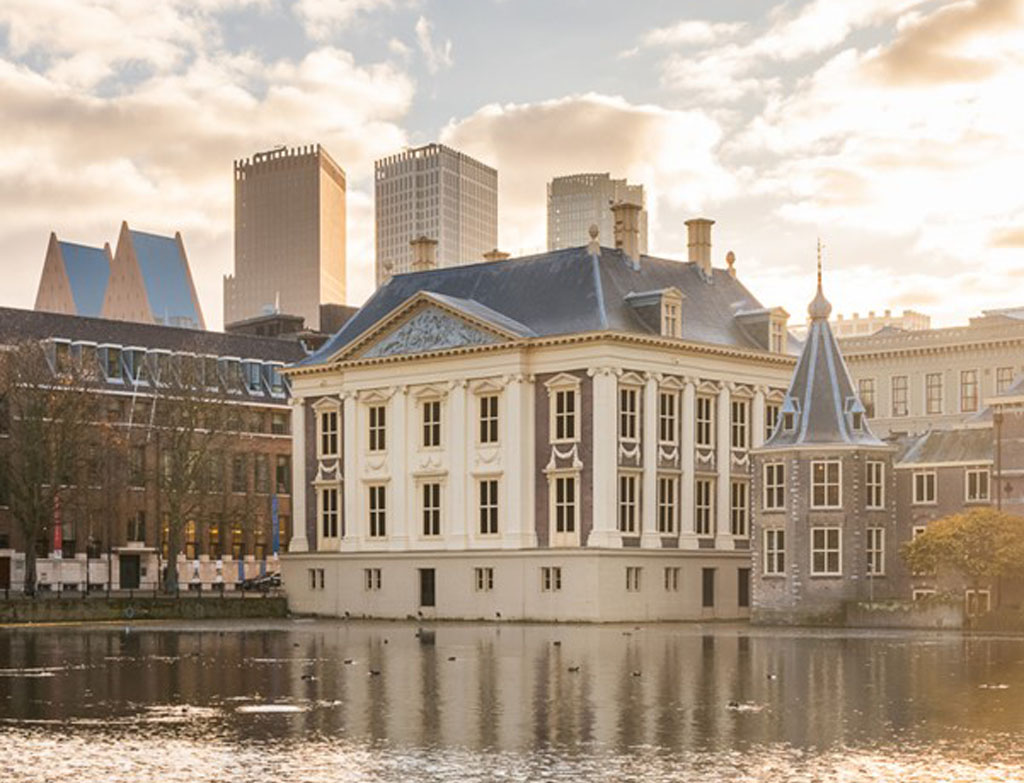
Once the museum opens ‘normally’ again, who will the app appeal to most?
The app can be a great preparation for a visit, or a way to relive a visit. But there are also many groups who cannot visit the museum that easily. The museum is beloved all over the world, and not everyone has the opportunity to physically travel to The Hague. We also think of schools that can visit the museum digitally this way. We are now looking into ways of making this experience even more interactive. And what about the elderly, for whom mobility can be a problem. We are already offering digital tours of the Gigapixel Museum, and we hope to continue to do so.
Have you personally learned anything new or fascinating about any of the works on display during the digitisation process?
I already mentioned the fantastic painting by Van Haecht, with the many small paintings on which you can zoom in incredibly well as a visitor. A love story takes place in the foreground of this painting. You can see how Apelles, a famous painter in antiquity, paints the portrait of Campaspe, the mistress of Alexander the Great. Apelles and Campaspe fall in love while painting. This spark makes Campaspe’s painting breathtakingly beautiful. Alexander the Great, who visits to admire the result, finds the result so beautiful that he is satisfied with the portrait. Apelles and Campaspe can stay together.
What I had never noticed before in this scene was that the lady with the red cloak is holding up a print next to Campaspe, an engraving that Raimondi made based on a work of art by Raphaël. In this engraving we see another love story from Antiquity, the Judgement of Paris, in which the young Paris was instructed to declare who was the most beautiful goddess. He chose Aphrodite, the goddess of love, and as a reward she gave him the love of Helen, the most beautiful woman in the world. What’s striking is that Van Haecht has given Apelles exactly the same posture as Paris in the engraving!

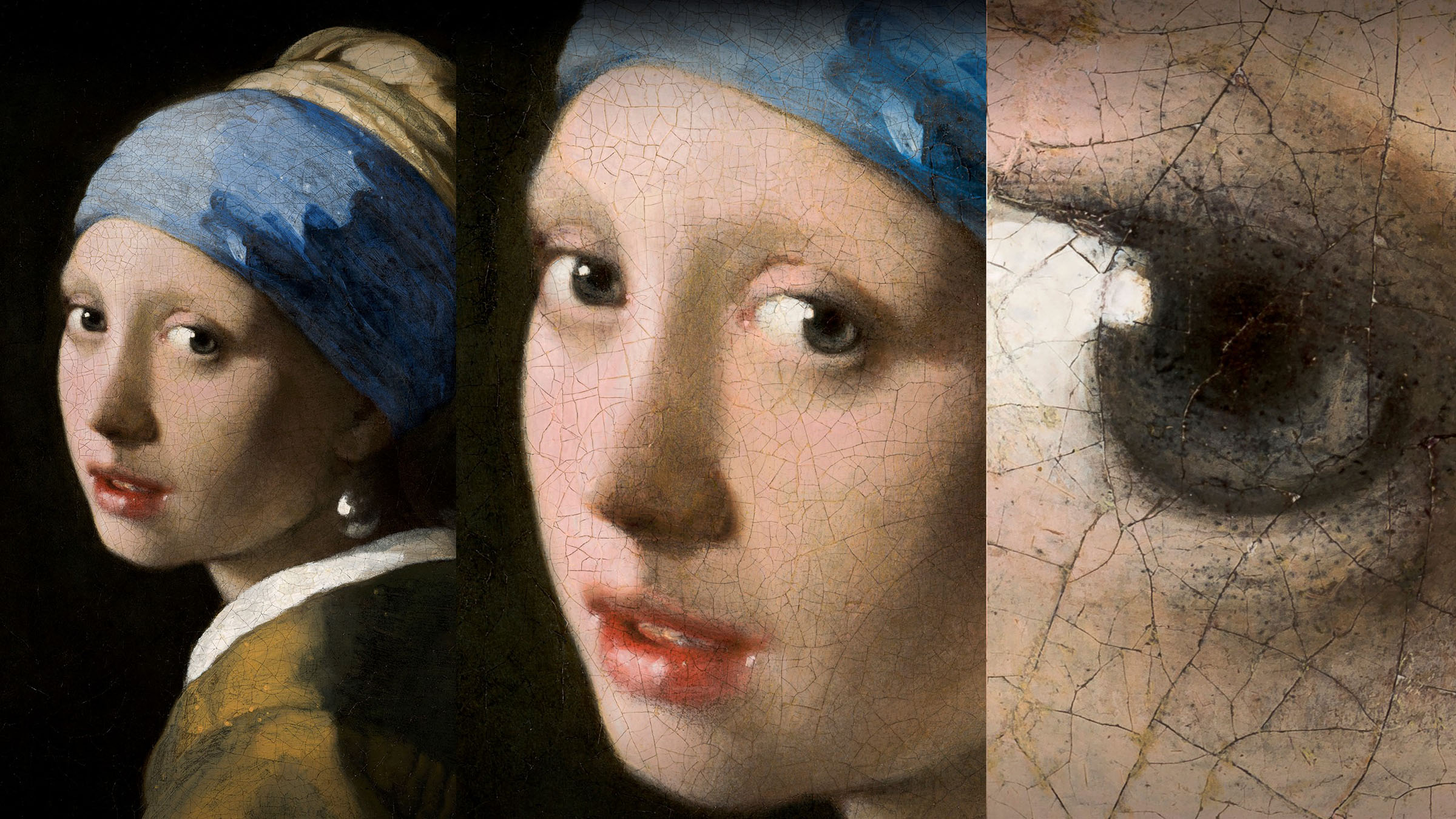












Sorry, the comment form is closed at this time.